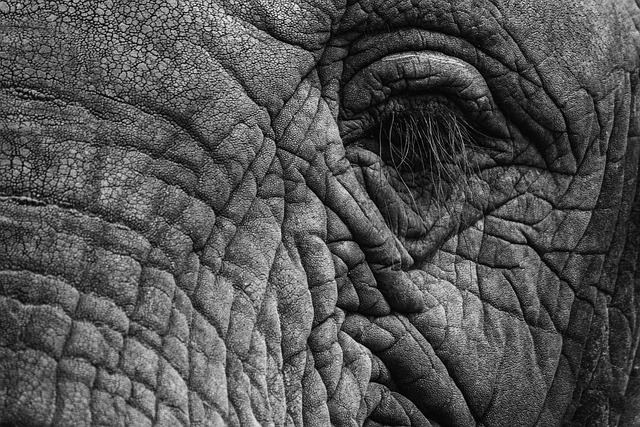Exploring the Impact of Role Models on Cultivating Harmony
Harmony isn’t just a distant ideal; it’s something we experience every day in the relationships we build and the communities we nurture. At the heart of creating harmonious environments lies the powerful influence of role models. The study of role models reveals how these figures can inspire individuals to embrace empathy, understanding, and cooperation — essential ingredients for peace and unity.
When we look around, role models serve as beacons of behavior that ripple through social groups, encouraging harmony. They demonstrate not only how to succeed but also how to treat others with kindness and respect. This influence fosters an atmosphere where conflict diminishes and collaboration thrives. For many, seeing someone embody these qualities sparks a profound sense of possibility and belonging.
Consider the subtle ways role models impact our emotional landscape. Their actions teach us how to manage differences without discord and offer a blueprint for embracing diversity rather than fearing it. A role model’s example often instills in us the courage to build bridges where walls once stood, nurturing a community grounded in mutual respect.
Moreover, the study of role models highlights how their presence in various spheres — from family and education to workplaces and social movements — can cultivate a widespread culture of harmony. Their stories of perseverance, compassion, and fairness remind us that harmony is a collective effort, shaped by everyday choices and interactions.
Ultimately, we all carry the potential to become role models ourselves. By embodying qualities that promote harmony, we contribute to a legacy of peace and understanding that can inspire future generations. This continuous cycle of influence energizes communities, inviting us to live not just in harmony, but because of it.




